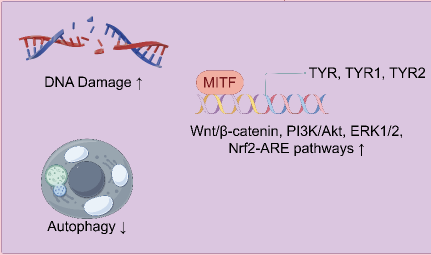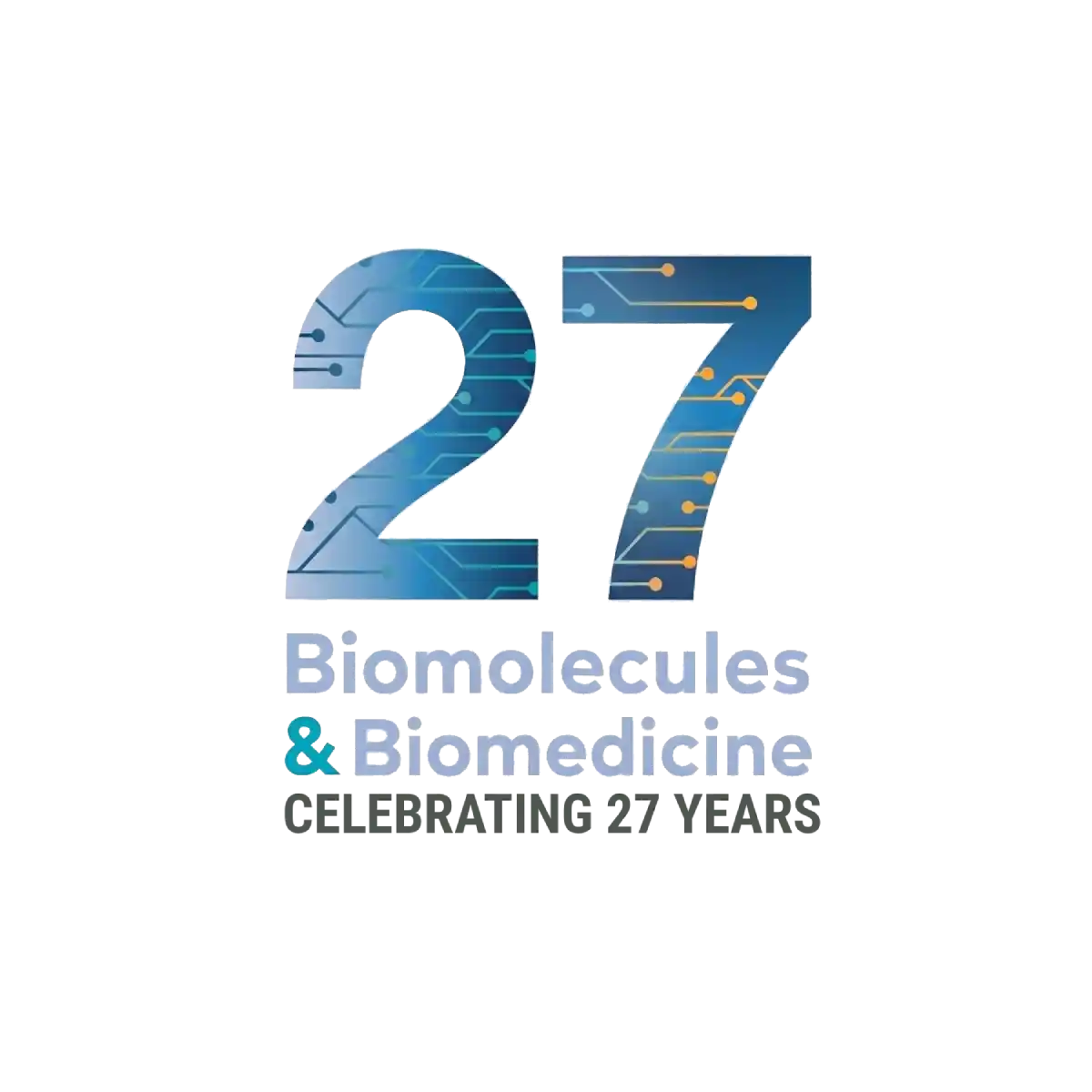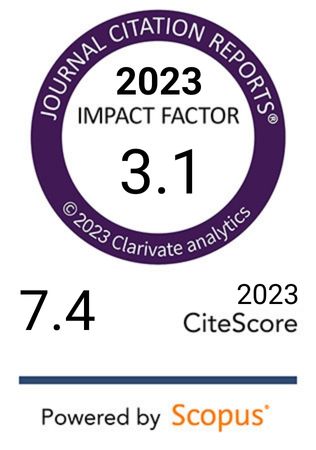Research progress on pathogenesis of skin pigmentation in chronic liver disease
DOI:
https://doi.org/10.17305/bb.2024.11085Keywords:
Skin pigmentation, chronic liver disease, CLD, liver cirrhosis, pathogenesisAbstract
Chronic liver disease (CLD) is a significant global health concern that leads to increased morbidity and mortality, and is associated with skin pigmentation changes. Excessive facial pigmentation is a common characteristic of patients with CLD, although the exact mechanism underlying this phenomenon remains unclear. Melanin, which consists of eumelanin and pheomelanin, is synthesized in melanocytes. Its production is influenced by cysteine levels and is regulated by key enzymes, such as tyrosinase (TYR), tyrosinase-related protein 1 (TYRP1), and tyrosinase-related protein 2 (TYRP2). The transport of melanosomes within melanocytes relies primarily on the coordinated action of F-actin and microtubules. However, the mechanism of melanin transfer from melanocytes to surrounding dendritic cells requires further investigation. Several factors contribute to liver fibrosis, including oxidative stress and inflammatory cytokines. This article discusses the factors that are elevated in the serum of patients with chronic liver disease, which may increase melanin deposition. It also introduces the signaling pathways related to melanin synthesis, providing indirect evidence for the pathological mechanisms underlying increased melanin synthesis in CLD. Additionally, the article points out that pigmentation may serve as an important indicator of liver disease deterioration and suggests the formation of a scoring system that combines related factors to enhance the predictive accuracy. In terms of treatment, antioxidants and anti-inflammatory drugs, such as silymarin and vitamin E, may improve CLD and reduce skin pigmentation, but their specific effects still require further investigation. Future research should focus on validating the mechanisms linking pigmentation changes with CLD progression, and exploring therapeutic methods that can simultaneously improve liver function and skin pigmentation, ultimately aiming for better patient outcomes.
Citations
Downloads

Downloads
Published
Issue
Section
Categories
License
Copyright (c) 2024 Tianqi Liu, Tianyu Xi, Xiaoqin Dong, Dong Xu

This work is licensed under a Creative Commons Attribution 4.0 International License.









